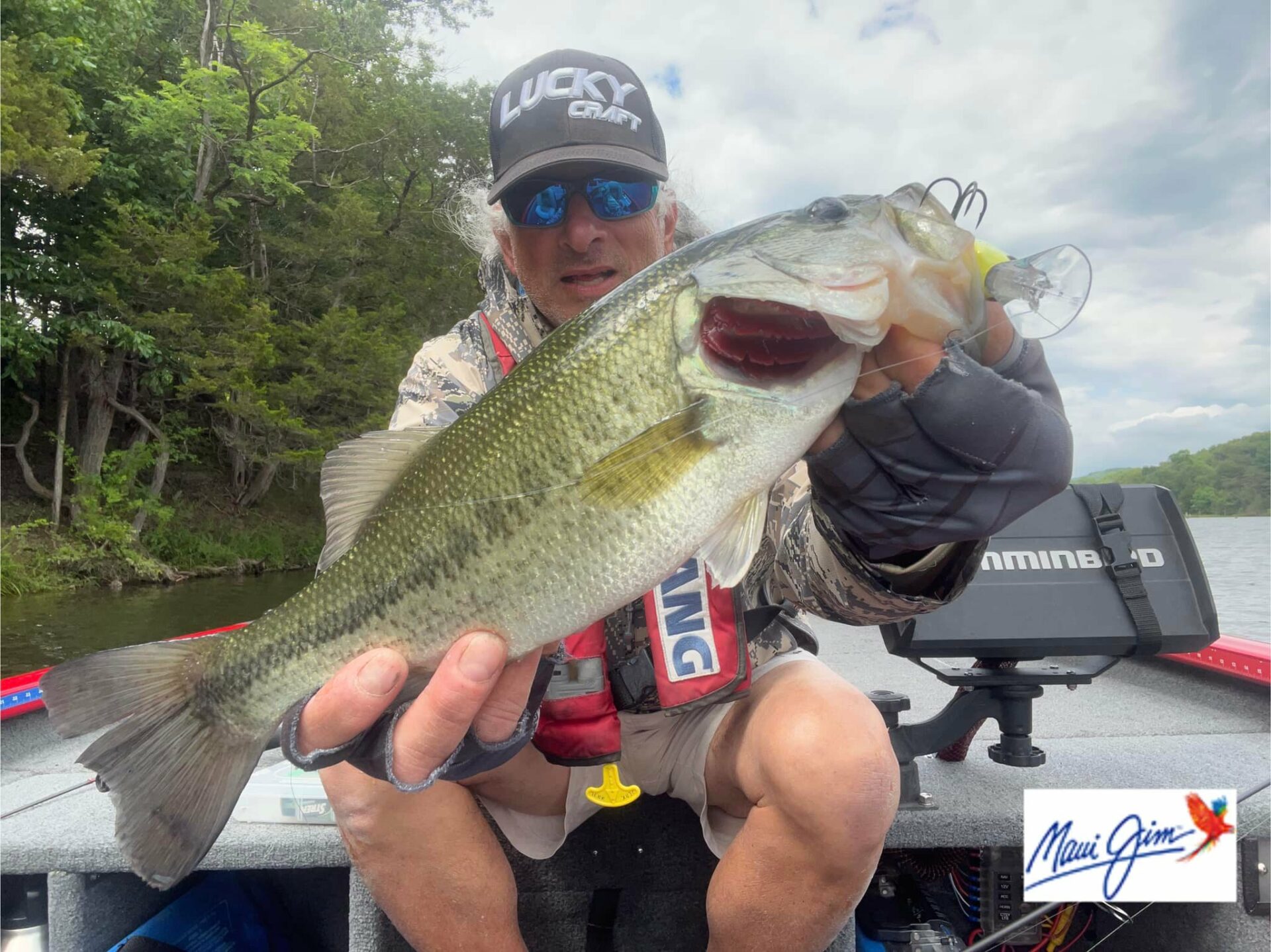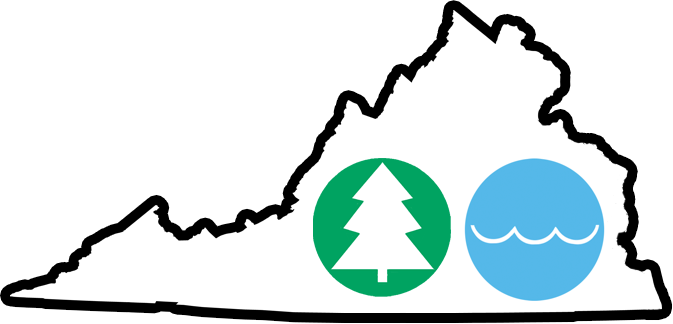aryland fishing license increases went into effect June 1st. The cost of a fishing license is still a good entertainment value, though. Keep in mind average concert tickets are $150-235. Attending a pro sports event starts at $150. Movie admission is $16. The new annual license comes in at a bargain for $32.
Losing license sales was a consideration by Department of Natural Resource (DNR) staff, the Sport Fisheries Advisory Commission and the Black Bass Advisory Committee (BBAC). Outdoor recreation is a major contributor to Maryland’s economy.
Maryland’s Freshwater Fisheries and Hatcheries Division monitors, manages, stocks, and promotes access to freshwater species. Fishing license sales comprise 65% of the division’s funding. Only 5% comes from state funding.
A federal excise tax, from sales of fishing rods, reels and expanded taxable items to include motorboat fuel, brings in about 30% of the budget. The federal allocation is static and based on land and water area and numbers of license holders.
The only budget line with wiggle room was license sales. Until the increase, the DNR budgetary outlook looked bleak with staffing and programs on the chopping block.
It’s been 18 years since MD changed nontidal fishing fees. Expenses for programs and resources have risen 56%. Trout stamp fees haven’t increased for 33 years while costs of trout-related programs increased 129%.
New fees were set in accordance with the inflation rate set by the Bureau of Statistics Consumer Price Index, comparable fees of neighboring states, and current national average for comparable licenses and stamps.
Even with well thought out fee increases, it’s still not enough to grow fisheries. The BBAC has been concerned with the effectiveness of Maryland DNR black bass stocking efforts.
Board member Scott Sewell, B.A.S.S. Conservation Director of the Year, spearheaded bigger largemouth bass stocking. Until then, MD DNR were only able to raise 3” fish and the cost of purchasing larger fish wasn’t in the budget.
Sewell convinced BBAC members and the DNR that stocking larger fish had an immediate and longer lasting impact. Cost remained a concern, but Sewell pushed forward with a voluntary Conservation Fund donation at the time of license purchase to support stocking of larger bass, providing better habitat, education, and other related activities. Sewell’s bill was approved in this year’s General Assembly.
So far, the Conservation Fund has brought in nearly $4,400. The Department targeted this new revenue to improve fisheries with $2,800 in Conservation Funds and an additional $1,500 in Department funds to purchase a bead filter. This filter enhances a hatchery’s ability to produce bigger fish by maintaining adequate water quality. Current bead filter expectations are for about 5,000 6-8 inch fish to be stocked this fall.
Maryland DNR Tidal Black Bass Manager Ryan Gary is optimistic bead filters will improve stocking success. The Department seeks to stock over 30,000 bass across the state with 25-50% in the Potomac. These efforts and fish care standards for tournaments will allow Maryland fisheries to maintain a high standard for resident and visiting bass anglers. Fee increases are proving to benefit anglers.
Author Capt. Steve Chaconas is Potomac bass fishing guide & freelance writer. Potomac River reports: www,nationalbass.com. YouTube video channel NationalBassGuide.



